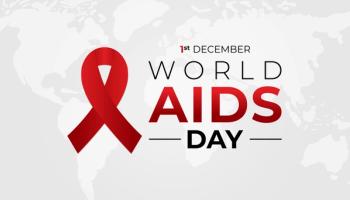
Adding a Statin to Light Therapy Significantly Improves Vitiligo Treatment Outcomes
This is the first study to investigate the effectiveness of this combination to treat vitiligo.
Patients with vitiligo may significantly improve the effectiveness of a commonly used light therapy — by nearly twofold— by adding a low-dose statin, according to a new
Vitiligo, an autoimmune disorder that makes skin lose its color in patches around the body, is often treated with exposure to narrowband-ultraviolet B light (NB-UVB). This helps stimulate pigment-producing cells and reduces the immune response that contributes to skin depigmentation. Patients typically need two to three sessions of light therapy a week for three to six months to see
In addition to their well-known cholesterol lowering abilities, statins also have anti-inflammatory, antioxidant, immunomodulatory and metabolic properties. In vitiligo patients, statins can prevent the release of proinflammatory mediators and interfere with protein pathways that drive the condition. Researchers, led by Shaimaa I. Omar, M.D., from Alexandria University in Egypt, tested the combination of a statin, simvastatin, sold under the brand name Zocor, and NB-UVB compared with NB-UVB alone in 50 patients, split evenly between the groups, for three months.
The results, published in the Journal of the Egyptian Women’s Dermatologic Society, showed that patients in the combination therapy group had a 188% greater reduction in their Vitiligo Area Scoring Index (VASI) — indicating improved skin repigmentation — compared to the control group, with median decreases of 1.50 versus 0.52, respectively.
The authors attribute the results to two key biomarkers connected to vitiligo: chemokine C-X-C motif ligand 10 (CXCL10) and chemokine C-C motif ligand 8 (CCL8). The combination group had significantly lower median serum levels of CXCL10 and CCL8 after three months, which may reflect a decrease in the inflammatory activity of vitiligo. No side effects were reported, and changes in liver enzymes remained within normal ranges, indicating combination therapy was safe.
Previous research in this area has been lacking or showed mixed results. For example, a 2018
“To the best of our knowledge, this is the first study to investigate this combination for the treatment of vitiligo,” wrote Omar and colleagues.
Newsletter
Get the latest industry news, event updates, and more from Managed healthcare Executive.






















































